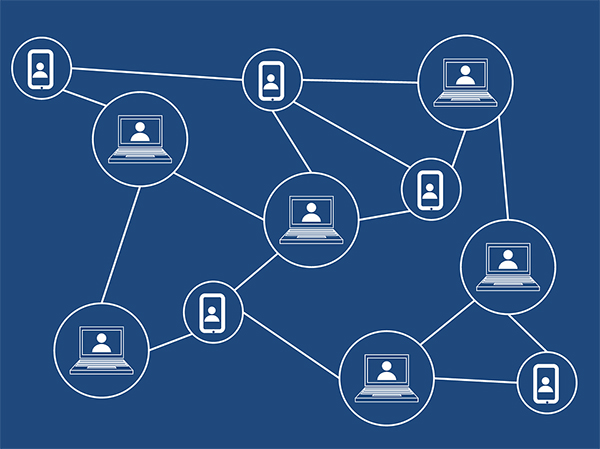Editor’s note: This is the second of 3 columns on blockchain in the supply chain. The first can be found here.
Blockchain is as enigmatic as a screen siren from the era of black and white movies. One the one hand, a number of commentators tout its potential for transforming the way we do business; on the other hand, use cases have been hard to pinpoint. In some ways, it reminds me of the discussions around RFID in the supply chain more than a decade ago during the Walmart mandate. At one RFID conference, I literally heard a presenter argue that the information collected by RFID tags could deliver medical breakthroughs that might one day lead to a cure for cancer. So much for that!
But based on a few conversations I’ve had recently, including one with Mark Walton-Hayfield, a digital business leader with Accenture based in the U.K., use cases may be emerging. And, I think emerging is the right word. Since to be effective, blockchain requires the collaboration of partners up and down the supply chain, it’s not enough for Company A to implement a blockchain strategy if its partners aren’t interested. It’s a little like being the first home on your block with a telephone: The technology is of little value if there’s no one you can call.
At a macro level, Walton-Hayfield notes that blockchain may be new to the supply chain, but in the world of cryptocurrencies, it’s been around for about a decade. In that regard, it’s proven. Now, we’re at the stage where organizations are looking for ways to apply it in their organizations. Early adopters, according to Walton-Hayfield, are heavily regulated industries with complex supply chains and heavy customer demands, such as pharmaceuticals and aerospace and defense. In both instances, supply chains have traditionally relied heavily on paper-based records to document a chain of custody and prove that the right steps and procedures were followed when it comes to repairs.
“These are industries the require a level of traceability and proof of what’s happened in the supply chain,” Walton-Hayfield said. They also operate with a degree of trust that trading partners have done what they are supposed to do, and blockchain “is really a technology that enables trust.”
One company piloting blockchain in the U.K. is Thales Group, a manufacturer of avionics and sonar, to name a few products, for aerospace and defense. “The idea was to see if blockchain can be used to improve transparency and visibility around the certainty that parts had the right certifications and weren’t counterfeit or from the grey market,” Walton-Hayfield says. The project began as a pilot and proof of concept; with that stage complete Thales is now investigating whether it can apply blockchain to the inbound supply chain of some specific long-term, high value contracts. “One of the things that Thales does is maintain their kits and supplier kits to ensure that parts are available when they’re needed,” Walton-Hayfield says. “They have to have a specific part for a specific project and in a specific configuration. Using blockchain in the inbound supply chain, they can make a decision when parts come into the port about where and in what condition and configuration they stock it at that point in time.” That is important to Thales, which often works on parts availability contracts.
Down the road, Thales may consider adapting blockchain to its MRO supply chain, to create the record of how a part has been serviced and maintained.
As to the evolution, Walton-Hayfield says it’s still an emerging technology. “Last year was about proof of concept and pilots,” he says. “Now, organizations are doing real world validation and testing of the solutions in a limited scope. I think by 2020, we’ll see success stories.”
Article topics








